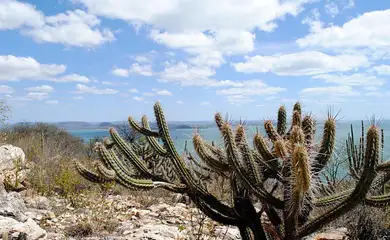Study reveals potential to restore 500,000 hectares of Caatinga

A survey conducted by the Dutch foundation IDH, in collaboration with the research institute WRI Brasil, and released this week in São Paulo, reveals that at least 500,000 hectares of Caatinga have potential for restoration. These areas are situated in Western Cariri, Paraíba; Pajeú Hinterland, Pernambuco; and Apodi Hinterland, Rio Grande do Norte.

The research emphasizes that restoring native vegetation can create sustainable economic opportunities, generating income and jobs for local communities. Additionally, it would provide benefits such as improved water regulation, soil stabilization, and erosion control.
“Conserving and restoring the Caatinga landscape is vital for climate resilience, water security, and the survival of its communities,” says Luciana Alves, WRI Brasil project coordinator and co-author of the study.
The research identifies the most suitable restoration strategies for the analyzed territories, including:
- Forage Agroforestry System (SAF), featuring the forage palm (Opuntia ficus-indica) as the primary species;<
- Honey SAF, focused on species for beekeeping and meliponiculture;
- Fruit SAF, integrating fruit, forage, and agricultural species with trees;
- Crop-Livestock-Forest Integration (ILPF), combining goat farming with fodder and tree production;
- Assisted Natural Regeneration (RNA);
- Active Restoration, involving the planting of seedlings and seeds;
- Hydro-environmental Restoration, aimed at reversing degradation and restoring soil and vegetation.
International resources
“Given its significant overlap with the climate agenda, the restoration of the Caatinga could greatly benefit from international and private funding dedicated to advancing these goals,” says Alves.
Among the six biomes in Brazil, the Caatinga is the only one found exclusively within the country. Covering approximately 850,000 square kilometers, it is the most densely populated semi-arid region globally, home to around 27 million people.
In June of this year, the Ministry of the Environment and Climate Change announced the selection of 12 priority projects to establish federal conservation units in the Caatinga biome. Set to be implemented by 2026, these projects will expand protected areas by over one million hectares.






